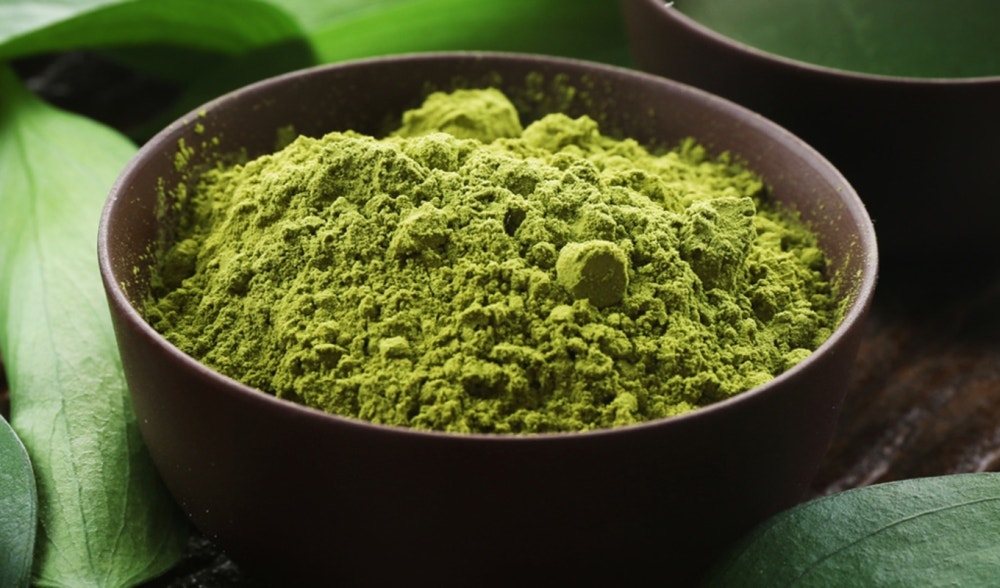Colourful, intense taste and rich in properties. An integral part of the ancient oriental tradition, Matcha has become a trend all over the world. Let’s discover it together!
How do you get matcha?
The plants from which the matcha originates belong to specific varieties of the plant Camelia Sinensis, which, are cultivated according to a particular procedure, which gives unique characteristics to the leaves. Not long before the harvest, the plantations are protected from sunlight, in the almost total absence of light, conditions that favour the synthesis and accumulation of large quantities of chlorophyll and other substances, fundamental for the conferral of colour and nutritional properties.
Once collected, the leaves are steamed, dried and then dried. Finally, the grinding takes place in specific mills, usually in stone, at a very slow speed to preserve the organoleptic characteristics of the plant. At the end of the production process, a substance is obtained with a powdery consistency, an emerald green colour and a very intense aroma and taste.

Types and uses
First of all, matcha is classified according to the age of the plant from which it is prepared. The matcha Usucha is obtained by working the leaves of young plants, for less than 30 years. Conversely, the matcha Koicha is obtained from old plants.
Depending on the harvest, this powder can have a different degree of "purity", with different characteristics, destinies of use and costs. From the first harvest, you get the most valuable matcha, very fine and with a particularly sweet taste; this is usually used in tea ceremonies, prepared by slowly mixing the powder with hot water according to precise rules and using ad hoc tools. Unlike other types of tea, therefore, the preparation is by suspension and not by infusion.
From the following harvests, on the other hand, are obtained coarser powders, with less marked colours and taste, lower quality and, for this reason, used in the kitchen as an ingredient or as a natural dye to catch the consumer’s eye with cakes, smoothies, biscuits and other more "creative" preparations and recipes.
Benefits
From the nutritional point of view, matcha is rich in vitamins (A, B, B2, B2, C and E), minerals (iron, potassium, calcium, magnesium) protein and dietary fibre. It has long been in the category of superfoods, given the presence of other bioactive compounds (caffeine, theanine, vitamins, chlorophylls and different polyphenols) more abundant than other types of green tea, constituting about 30% of the dry weight. Gentle, non-aggressive processing methods preserve its integrity and potential health actions. However, it is clear that in-depth analyses, in vitro studies, in vivo and clinical trials are necessary to fully outline their involvement, especially in fields such as oncology.
Unfortunately, the food industry uses these characteristics as a pretext for putting on the market products sold as miraculous and characterized by excessive prices, from which, instead, it would be appropriate to distance itself.
Antioxidant and anti-inflammatory action
Polyphenols are known for their antioxidant and anti-inflammatory properties. They act by limiting the production of free radicals and reactive species, amplifying the action of enzymes for detoxification of the organism, avoiding excessive oxidative stress and the activation of inflammatory metabolic pathways, which may relate to the emergence of much more severe problems such as cancer, cardiovascular diseases, neurodegenerative and metabolic.
Cognitive functions and neuroprotection
The matcha is rich in teanin, an amino acid able to exert an interesting action in the brain, where it plays a relaxing function, being a precursor of GABA. In addition, in combination with caffeine, it amplifies the effect of caffeine in stimulating learning and concentration. Last but not least, the neuroprotective action, mostly attributed to the EGCG, was investigated as a potential actor in the fight against neurodegenerative disorders.
Cardio-metabolic efficiency
Some flavonoids, including rutin, play an antioxidant and protective role at the level of blood vessels, strengthening the walls and limiting the atherogenic processes underlying heart disease or hypertensive phenomena. In addition, chlorogenic acid and quercetin act on glucidic and lipid metabolism: they limit starch digestion and subsequent release of glucose, stabilize blood sugar levels, promote the oxidation of triglycerides and improve insulin sensitivity.
Even the liver finds a valid ally in some matcha polyphenols, as they act supporting the countless and fundamental functions carried out by this wonderful organ, the guarantor of our health.
Conclusions
Matcha is an interesting and versatile food from a nutritional point of view. Traditionally it has played a very important role in oriental cultures and, to date, represents a culinary element of wide use also in western cultures.
It’s undoubtedly a food to try, even just to satisfy curiosity.
Have you ever used it?
Bibliography
- Farooq, S.; Sehgal, A. Antioxidant Activity of Different Forms of Green Tea: Loose Leaf, Bagged and Matcha. Curr. Res. Nutr. Food Sci. J. 2018, 6, 35–40.
- Horie, H.; Kaori Ema, K.; Sumikawa, O. Chemical Components of Matcha and Powdered Green Tea. J. Cook. Sci. Jpn. 2017, 50, 182–188.
- Sharangi, A.B. Medicinal and Therapeutic Potentialities of Tea (Camellia Sinensis L.) —A Review. Food Res. Int. 2009, 42, 529–535.
- Koláˇcková, T.; Kolofiková, K.; Sytaˇrová, I.; Snopek, L.; Sumczynski, D.; Orsavová, J. Matcha Tea: Analysis of Nutritional Composition, Phenolics and Antioxidant Activity. Plant Foods Hum. Nutr. 2020, 75, 48–53.
- Jakubczyk, K.; Kochman, J.; Kwiatkowska, A.; Kałdu´ nska, J.; Dec, K.; Kawczuga, D.; Janda, K. Antioxidant Properties and Nutritional Composition of Matcha Green Tea. Foods 2020, 9, 483.
- Kochman, J.; Jakubczyk, K.; Antoniewicz, J.; Mruk, H.; Janda, K. Health Benefits and Chemical Composition of Matcha Green Tea: A Review. Molecules 2021, 26, 85.


Comments
Write a comment about the article